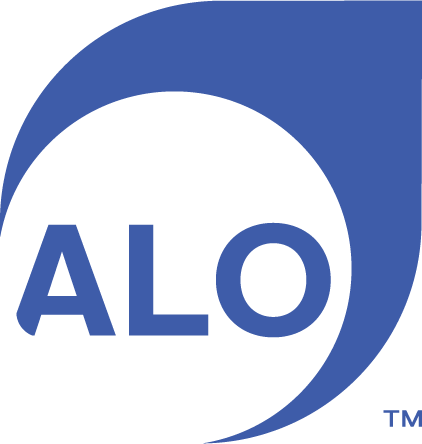What Do We Mean When We Say “Physician-Led?”
The question of governance frequently arises when physicians are in discussions about the future of their practices. It’s an essential topic - one that speaks to the control doctors have over patient care, staffing and business decisions.
Too often physicians see their decision-making authority eroded when their practices are bought by a healthcare system. Going from independence to being employed can be a form of culture shock for many doctors.
More recently, some large hospitals and health systems have tried giving their employed physicians more autonomy. Systems recognize that the performance of the practices they’ve acquired depends in part on things like physician satisfaction, workplace culture and avoiding burnout. An article last year in an American Hospital Association publication called on health system leaders to give employed physicians more decision-making “skin in the game.”
It’s great news for physicians who value their autonomy to know that their employers might agree with them.
Despite these acknowledgements, governance models for employed physicians don’t provide the same level of authority as do most models for independent physicians. There’s no substitute for a doctor being able to decide for herself where to refer a patient, whom to hire, how to manage finances and invest resources, and countless other decisions for the health and sustainability of the practice.
That’s why Alo has set up its new clinically integrated network (CIN) under a physician-led governance model. Physicians joining the Alo CIN have a say in how the CIN is structured and will be full participants in the development of best practices and clinical guidelines - all while maintaining the independent ownership model.
As we prepare to bring our first physician practices into the Alo CIN, it’s a good time to spell out what we mean by “physician-led:”
While the Alo CIN will make high-quality, low-cost referral recommendations, participating physicians can send their patients to any specialist that best fits their practice style.
Participation requirements are in the best interest of physicians, such as the ability to help develop clinical programs for quality of care and cost effectiveness, and the integration with physician-friendly technology solutions supporting the exchange of patient information.
Peer support is encouraged and arranged: the leading independent physicians in North Carolina are collaborating with each other, giving them “strength in numbers” they otherwise would not get.
Accountability is within the CIN, not to a Health System.
Physicians decide how their work is done and have a say in goal setting, planning, monitoring performance and who else participates in the CIN.
We’ve had a chance to speak with independent physicians across the state while the Alo CIN was in development. What we’ve heard is a strong desire to share in the benefits of working alongside other physicians within the structure that an independent CIN provides, all while maintaining true independence for their practices.
It’s critical that we offer a way for independent doctors who work and live in North Carolina communities to reap these benefits. And that’s what we mean when we say the Alo CIN is “physician-led.”
